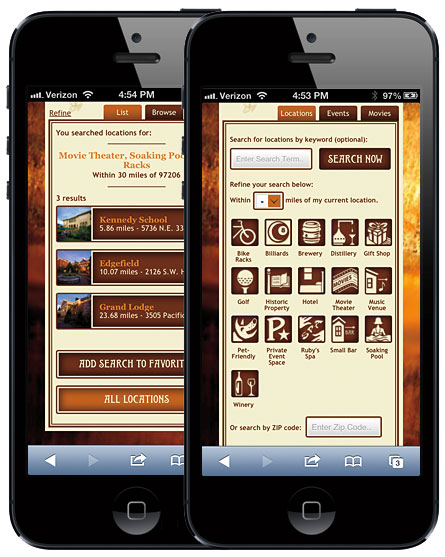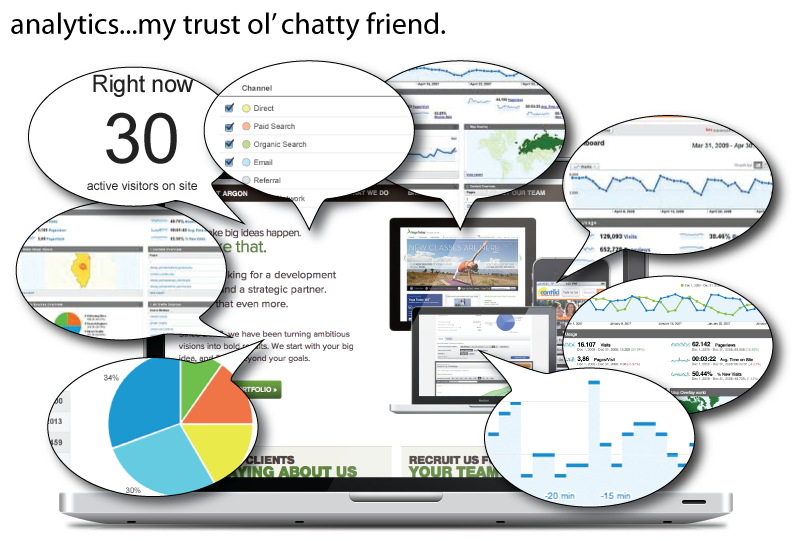We started working with McMenamins earlier this year. McMenamins is a unique client in that most of its locations are of historic significance. They buy old, historic buildings and keep all of their unique history intact while converting parts of them to a theater or restaurant or bar or all three. They have more than 50 locations all over the Pacific Northwest. They needed a mobile site that would showcase what all their locations had to offer in terms of food, drink, movies, events, etc. For example, if you were looking for a location with a movie theater, a soaking pool and bike racks that is within 5 miles of your current location, you are in luck. Their new location search page will let you define your criteria to find that information. Whether or not you can actually sit in a soaking pool while watching a movie after locking up your bike isn’t guaranteed.

Fast forward to the present where we have launched McMenamins new mobile site that was designed by R/West, a local design shop, and implemented by your good friends at Planet Argon. It has been a fun and challenging journey for sure.
Continue Reading



 Photo by
Photo by 

